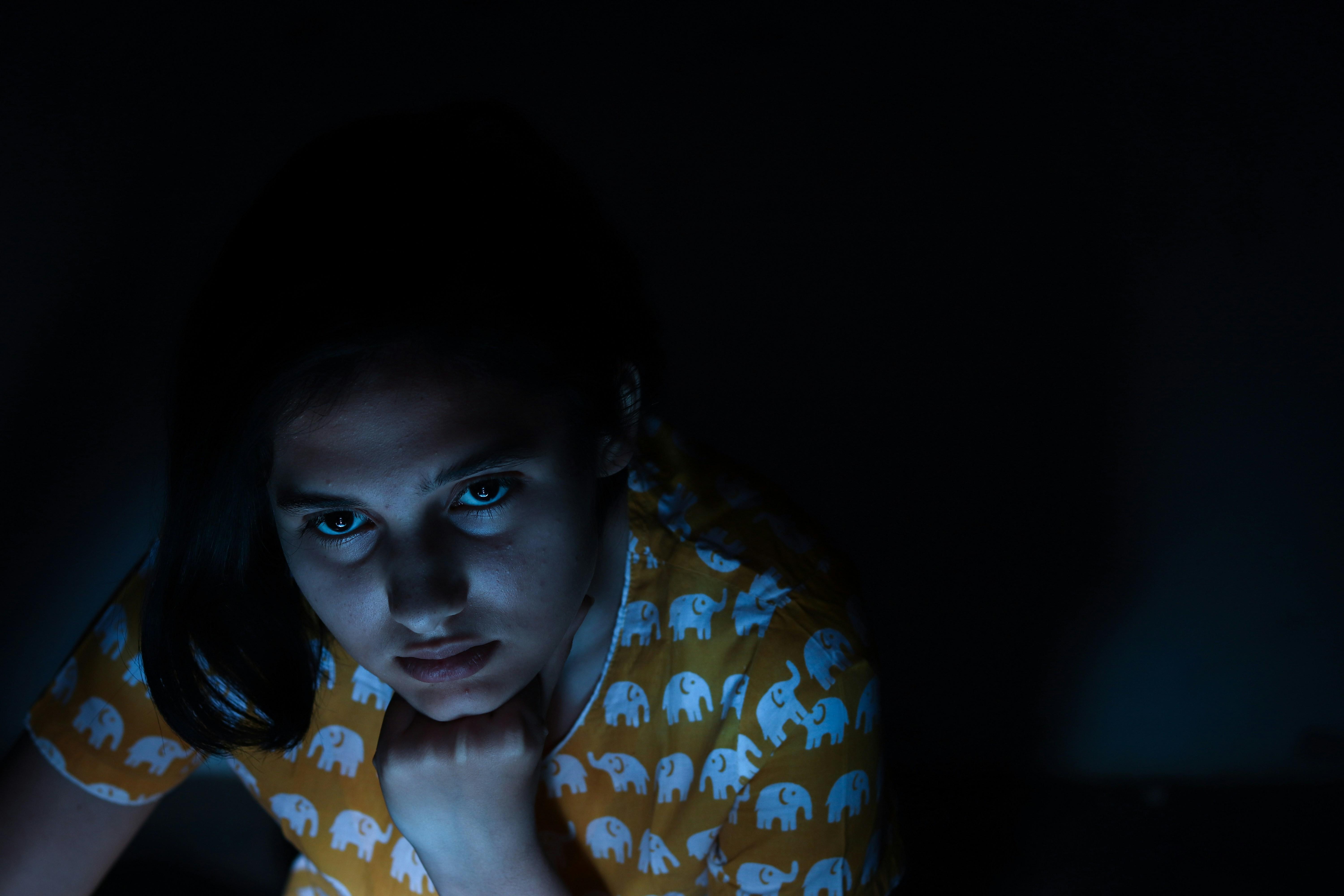The Haunting of Hill House, both as a novel by Shirley Jackson and its subsequent adaptations, stands as a quintessential example of the psychological thriller genre. Its enduring appeal lies in the intricate weaving of suspense, character psychology, and supernatural elements, which together create a narrative that is as unsettling as it is thought-provoking. This article delves into the psychological thriller components that define The Haunting of Hill House, examining how the interplay between the characters’ internal struggles and the eerie atmosphere of Hill House itself amplifies the tension and mystery inherent in the story. By analyzing key themes such as fear, isolation, and the unreliable nature of perception, we uncover how these elements coalesce to engage audiences on both an emotional and intellectual level, ensuring the story’s lasting impact in the realm of psychological thrillers.
Character-driven suspense and psychological depth
In “The Haunting of Hill House,” character development is intricately woven into the fabric of the narrative, transforming it into a psychological thriller that delves deep into the human psyche. The series explores the inner workings of its characters’ minds, using their fears, traumas, and desires as both a driving force and a reflection of the supernatural elements at play. The Crain family’s individual experiences with grief and guilt are masterfully intertwined with the eerie happenings of Hill House, creating a symbiotic relationship between character and setting. This connection not only amplifies the suspense but also lends an emotional depth that resonates with the audience.
- Complex Character Arcs: Each member of the Crain family is given a rich backstory, with their personal demons mirroring the house’s sinister influence.
- Psychological Tension: The show masterfully blurs the line between reality and illusion, making viewers question the reliability of the characters’ perceptions.
- Emotional Resonance: Themes of family, loss, and redemption are explored, adding layers of emotional intensity that elevate the suspense beyond mere horror.
By focusing on the psychological dimensions of its characters, “The Haunting of Hill House” not only crafts a suspenseful narrative but also provides a profound exploration of human vulnerability. The series invites viewers to examine how the ghosts of the past, both literal and metaphorical, shape our present realities, making it a standout in the psychological thriller genre.

Atmospheric tension and the role of setting
In The Haunting of Hill House, the atmospheric tension is masterfully crafted through the intricacies of the setting. Hill House itself is more than just a backdrop; it is an entity that plays a pivotal role in the psychological tension that permeates the narrative. The architecture and interior design of the house are deliberately unsettling, with labyrinthine hallways and unexpected angles that disorient both characters and viewers alike. This disorientation serves to blur the lines between reality and the supernatural, heightening the suspense and unease.
The role of setting in building atmospheric tension is further emphasized through elements such as:
- Unpredictable spatial dynamics – Rooms that seem to shift and change, creating a sense of entrapment.
- Eerie silence and ambient sounds – The oppressive quiet punctuated by inexplicable noises that echo through the halls.
- Visual motifs - Shadows and reflections that distort perceptions, suggesting the presence of unseen forces.
These components work in tandem to create a living, breathing environment that amplifies the psychological turmoil experienced by the characters, making Hill House a central character in its own right.

Narrative structure and its impact on viewer perception
The intricate narrative structure of The Haunting of Hill House significantly influences how viewers perceive its psychological thriller elements. By weaving non-linear storytelling with deep character development, the series crafts a multifaceted viewing experience that challenges the audience’s perceptions of reality and memory. The use of flashbacks and time jumps not only reveals crucial plot details but also mirrors the fragmented mental states of the characters, creating a sense of disorientation that is both unsettling and engaging. This technique invites viewers to piece together the story much like a puzzle, enhancing the suspense and psychological tension.
- Character-driven narratives: Each episode delves into the personal histories of individual characters, allowing viewers to empathize with their fears and traumas.
- Temporal shifts: The juxtaposition of past and present events adds layers to the narrative, making the haunting experiences feel both inevitable and unpredictable.
- Unreliable memories: By presenting memories as subjective and often distorted, the series blurs the line between supernatural occurrences and psychological disturbances.
This complex narrative approach not only heightens the tension but also engages the audience on a deeper psychological level, compelling them to question the nature of fear and the reliability of their own perceptions.

Exploring fear through emotional and mental states
The psychological thriller elements in “The Haunting of Hill House” intricately explore fear by delving into the characters’ emotional and mental states. This exploration is achieved through a multi-layered narrative that blurs the lines between reality and imagination. The show masterfully uses fear as a tool to reveal the deeper psychological struggles of its characters, such as:
- Anxiety and Paranoia: Characters frequently experience heightened anxiety, often manifesting as paranoia, which is exacerbated by the oppressive atmosphere of Hill House.
- Grief and Trauma: The series deeply examines how unresolved grief and trauma can haunt individuals, sometimes more terrifyingly than any supernatural entity.
- Isolation and Loneliness: Despite being part of a family, characters often feel isolated, which the house exploits to amplify their fears.
By weaving these emotional and mental states into its storytelling, “The Haunting of Hill House” creates a psychological tension that captivates the audience, inviting them to question the nature of fear itself. The interplay between personal demons and supernatural elements creates a rich tapestry that keeps viewers on edge, encouraging them to reflect on how fear shapes human experience.
To Conclude
“The Haunting of Hill House” stands as a masterful exploration of psychological thriller elements, weaving together a tapestry of fear, suspense, and psychological complexity. By delving into the minds of its characters and the unsettling atmosphere of Hill House itself, the narrative transcends conventional horror tropes to probe deeper into themes of trauma, memory, and the fragile boundaries of sanity. The interplay of unreliable narration, ambiguous realities, and the pervasive sense of dread not only captivates audiences but also invites them to question their own perceptions of reality and fear. Through its sophisticated use of psychological thriller elements, “The Haunting of Hill House” remains a compelling study of the human psyche, leaving a lasting impression that resonates long after the story concludes.
